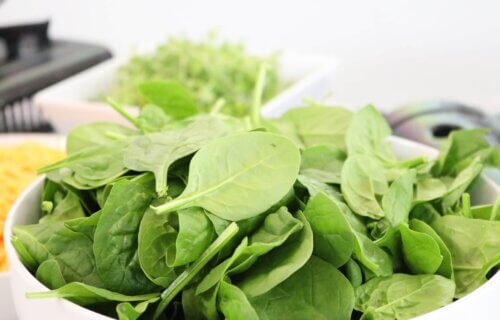SOUTHAMPTON, United Kingdom — Despite thorough cleanings by both consumers and suppliers, lingering bits of bacteria on salad leaves can still cause food poisoning from time to time. Now, a new study finds water infused with “sound and microscopic air bubbles” may be the key to never fearing another salad bar nightmare again.
Besides just making salad cleaner, researchers at the University of Southampton say their work may one day reduce food waste and help combat the emerging problem of anti-microbial resistance.
While eating salads, fruits, and vegetables regularly are key to living a healthy lifestyle, these green goods are very susceptible to contamination from harmful bacteria. Much of that is due to produce’s long road from harvest to the supermarket shelf. There have been recent cases of bacterial food poisoning outbreaks tracing their origins back to store-bought salads and veggies.
Moreover, few people cook a salad before chowing down, leaving washing as the last defense between germs and your stomach. Researchers say washing produce with soaps or disinfectants isn’t a particularly good idea either.
Water alone, however, hardly guarantees the removal of all bacteria. With that in mind, the research team tried cleaning spinach leaves using acoustic water streams. Study authors also compared the results to other spinach leaves washed with just water.
“Our streams of water carry microscopic bubbles and acoustic waves down to the leaf. There the sound field sets up echoes at the surface of the leaves, and within the leaf crevices, that attract the bubbles towards the leaf and into the crevices. The sound field also causes the walls of the bubbles to ripple very quickly, turning them into microscopic ‘scrubbing’ machines. The rippling bubble wall causes strong currents to move in the water around the bubble, and sweep the microbes off the leaf. The bacteria, biofilms, and the bubbles themselves, are then rinsed off the leaf, leaving it clean and free of residues,” explains Professor Timothy Leighton in a university release.
Prof. Leighton developed this technology and led the research. The results reveal that spinach leaves cleaned with the ultrasonic water for just two minutes showed a much lower “microbial load” after six days in comparison to leaves rinsed with normal water. Importantly, ultrasonic water didn’t damage the spinach at all and even appears to promote a longer shelf life.
The study is published in Ultrasound in Medicine and Biology.
